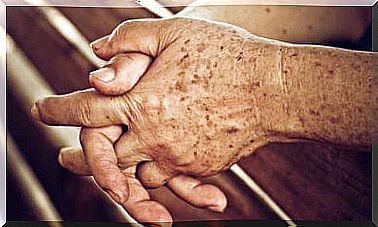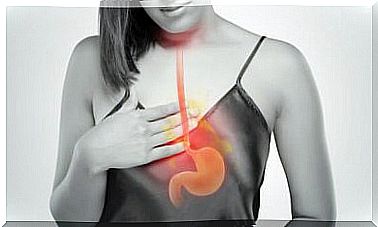The Most Important Nerves In The Hand
The fingertips are one of the best innervated areas of the body. Discover interesting facts about the most important nerves of the hand today.
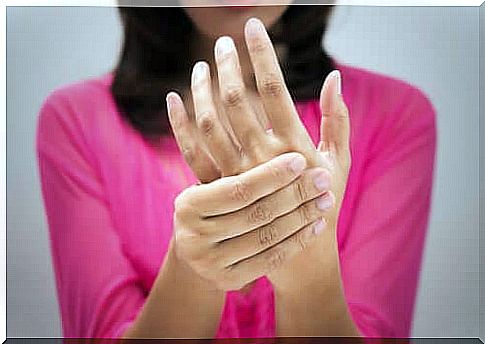
The nerves of the hand testify to the miracle of evolution. The fingertips are one of the best innervated areas of the body. That is why they are able to convey important tactile information to us.
The main nerves of the hand
For didactic reasons, the nerves of the hand are usually divided into two groups: the nerves on the back of the hand and the nerves on the inner palm. But these are not separated from each other, but rather form an interconnected network of nerves.
The nerves in the hand are responsible for relaying the information it receives to the brain. They are also involved in hand, finger, and arm movements. The following nerves are among the most important:
1. Median nerve

The median nerve, also called the median nerve, is a sensitive motor nerve that innervates many muscles of the forearm and hand. It pulls through the carpal tunnel to the palm and branches into several palmar nerves.
The nervi digitalis palmares proprii supply the skin of the thumb up to the middle finger and also the radial side of the ring finger on the palmar side and dorsally in the distal area.
The terminal branches of the internal fibers form the internal palmar nerve of the index finger, the external and internal palmar nerves of the middle finger, and the external palmar nerve of the ring finger. The median nerve is responsible for the sensitivity in the outer half of the palm.
The main muscles innervated by the median nerve are: inward twisting muscle (pronator teres muscle), superficial finger flexor (flexor digitorum superficialis muscle), deep finger flexor (flexor digitorum profundus muscle), and long thumb flexor (flexor pollicis longus muscle ). The nerve also supplies the wrist lateral tilt (M. Flexor carpi radialis), the long palm muscle (M. palmaris longus) and the square inward rotator (M. pronator quadratus).
Because of its location, this nerve can become pinched in various places.
2. Nerves of the hand: ulnar nerve
The ulnar or ulnar nerve consists of sensory and motor fibers. It migrates above the carpal tunnel to the palm and then branches into two terminal branches: the purely motor ramus profundus and the mixed ramus superficialis.
The nerve branches supply the medial back of the hand and the extensor sides of the two and a half ulnar fingers up to the middle phalanx. They also innervate the flexor side of the little finger and the ulnar side of the ring finger and their fingertips. The ulnar area of the hand is supplied by the ulnar nerve to about half of the ring finger.
The ulnar nerve supplies the following muscles: thumb puller (M. adductor pollicis), short thumb flexor (M. flexor pollicis brevis), little finger spreader (M. abductor digiti minimi), worm-shaped finger muscles (Mm. Lumbricales), finger spreader (Mm. Interossei), palm muscles (M. palmaris brevis) and deep finger flexors (M. flexor digitorum profundus).
3. Radial nerve
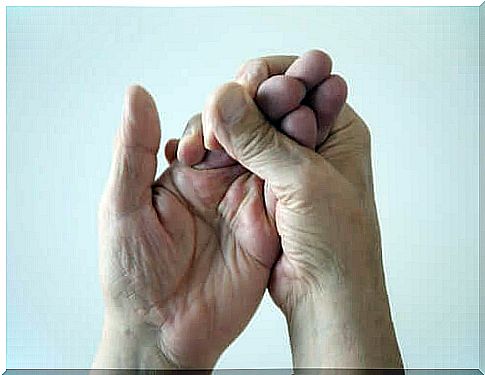
The radial nerve or radial nerve is an important arm nerve that is oriented towards the spoke (one of the two forearm bones).
The spoke nerve arises from the arm nerve root plexus and runs from the armpit over the back of the humerus and the back of the elbow in the radial tunnel. Below the elbow it divides into two branches: the ramus profundus (deep branch) and the ramus superficialis (superficial branch). The ramus profundus runs through the Sumpinator canal, the ramus superficialis runs along the radius to the thumb and the back of the hand.
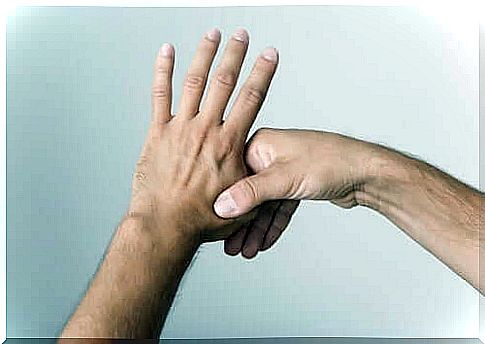
This nerve supplies the radial back of the hand, the basal and middle phalanges of the thumb, index finger and the radial side of the middle finger in each case dorsally.
The radial nerve is sensitive and motor. It is fundamental for the extension movement of the elbow, wrist and fingers. It is also important for the supination of the forearm, i.e. the outward rotation.
The radial nerve supplies several muscles, including the triceps (triceps brachii muscle). In addition, it innervates the upper arm spoke muscle (M. brachiordialis), the finger extensor (M. extensor digitorum), the external torso muscle (M. supinator), the long thumb spreader (M. abductor pollicis longus), the little finger extensor (M. extensor digiti minimi), the thumb extensor (M. extensor pollicis) and the index finger extensor (M. extensor indicis).

